The Counter-Narrative
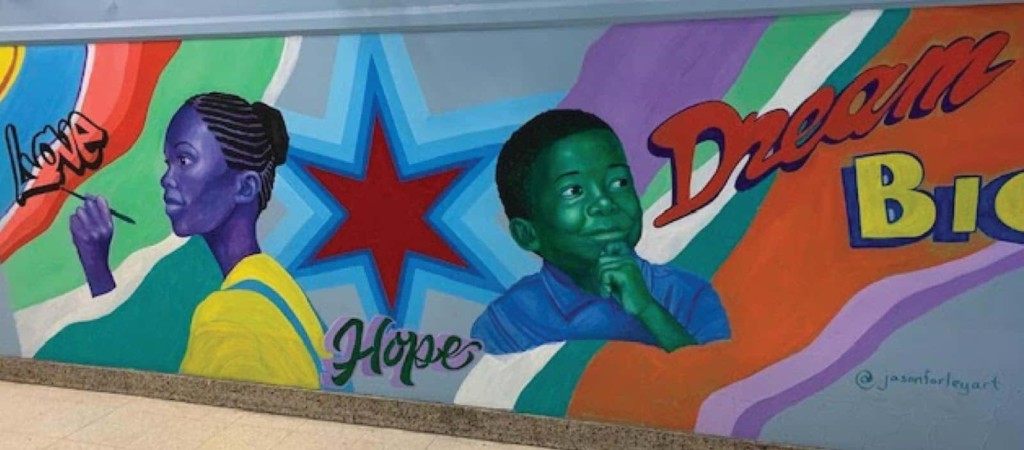
And then one day, we all awoke, didn’t leave, and suddenly saw that for much we’d been working for, very little mattered. Humanity, in the quick and certain terms of a coronavirus, was suddenly stripped of busyness, achievement, and access. And the farce of significance was made evident in the US schooling system.
The story of schools is that they are where learning happens. Some would even argue the only place where learning happens — that only within the classroom walls and rows of desks under the direction of expert teachers is where one can learn best. The presumption that all students learn well in such a place is preposterous. The aftermath of COVID-19 school closures revealed the limitation of access to learning for students in profound ways. However, our system — even in “normal” circumstances — operates from a normality of inequity and what must happen now is a certainty that we never return to what was before.
Right now, there are many smart, experienced, and well intentioned education leaders making decisions to help close gaps for student access in remote learning. They are sharing technology resources and training teachers to be better skilled in using remote learning platforms. There are countless hours spent on grading policies and teacher union MOUs so that students are not harmed due to circumstances beyond their control. Except, we harmed students due to circumstances beyond their control well before mandated school closures. And the “solutions” many suggest continue to perpetuate oppressive constructs that allow a harming system to retract back into place, just on a different remote learning platform.
What we need, in order to truly honor the needs of all children and make real progress in solving school system inequities is to heal. We need to acknowledge and reconcile our harm and rise as a community, rooted in reciprocity. Schools need to live out an alternative narrative of generosity, community, and possibility for a collective, improved future for all generations.
We have shown our students that “all means all” when it comes to health protections. We have proven that when all kids matter and all kids impact one another, we are willing to make HUGE shifts to protect and promote well being. So, let’s keep that up. Let’s not return to school with the ways things were. Let’s open ourselves to what can be in light of the ways things are.
If we want to continue to ensure our kids have access and continue to connect with learning, we must systematize the following:
SEE We must continue to seek out our children and tend to their individualized needs. We cannot continue to take for granted the big building and school hours for students and families to meet us where we are. We must make the time to check in 1:1, make sure students are able to access and engage in resources. Call parents and establish how we can best work together.
We must want to know how they are and learn about their context. Where are they? How are they? What do they need? Do they see us? Do they know they can always reach out? Do they know we are here for them?
LOVE Our students must feel loved. The #1 priority for the first closed districts was food, not content. Our students must continue to see in our priorities that their nourishment is our priority. That means flexibility and service to what makes them happy and whole. Intentional time, location, content delivery modalities and relationship building must continue. If we can find our ways to children’s homes to drop off computers, we can find our way for other reasons to show our love. We must continue to show that what they need to be part of our learning community matters to us. We must continue to ask the questions like, is this the best platform to work for learning? Will students want to engage with this resource? What can I do better? What can we do better to help this child participate? What more do they need? What shifts can I make?
SHARE IN LEARNING THAT MATTERS Our children are learning right now. They are learning significant lessons far away from the walls and rows of desks. They are learning what matters to them. They are learning what keeps them interested. They are learning new coping mechanisms. They are learning more about the ways to bond and nurture friendships and family. They are learning to be creative with time and resources.
Students are also learning how insignificant standardized tests are. They are learning they can still attend college and graduate high school on time, outside of school walls and bell schedules. They are learning what teachers care about them. They are learning that people in powerful positions are making decisions (or not) that will impact their livelihood for many years to come. They are learning about society (the “real” society); not hurried or distracting, but solid functions and how those functions affect people. They are learning how societal roles are executed, and how some suffer and some know no suffering.
Our students, forced away from school buildings, are engaging in meaningful, real-life learning. We cannot return to those spaces and stop that learning to confine our empowered, resilient children to rows and rooms with information that lacks connection. A healed, equity centered learning environment must invite our children into a community of support and mentorship that is bridging what they seek to be what they know. We must ensure that all our children are actualizing their dreams, caring for each other, and knowing their value in the world.
One day, we all wake up. We go where we need to go, when we need to get there for something that is important to us. Humanity, in solid and kindred ways, knows exactly what matters. We see each other. We love each other. We operate in a social system that nurtures and elevates us for the betterment of our community. And the foundation of this significance was made evident in the US schooling system.
Stay in-the-know with innovations in learning by signing up for the weekly Smart Update.
A version of this blog was originally published on BigPicture.org
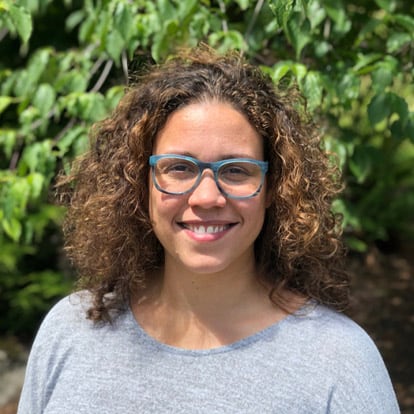


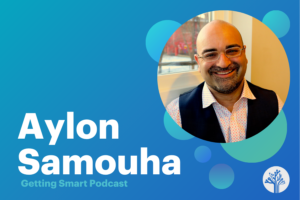

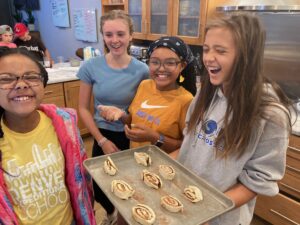
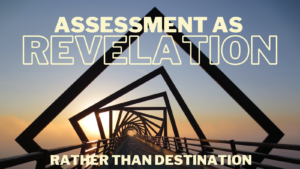

0 Comments
Leave a Comment
Your email address will not be published. All fields are required.